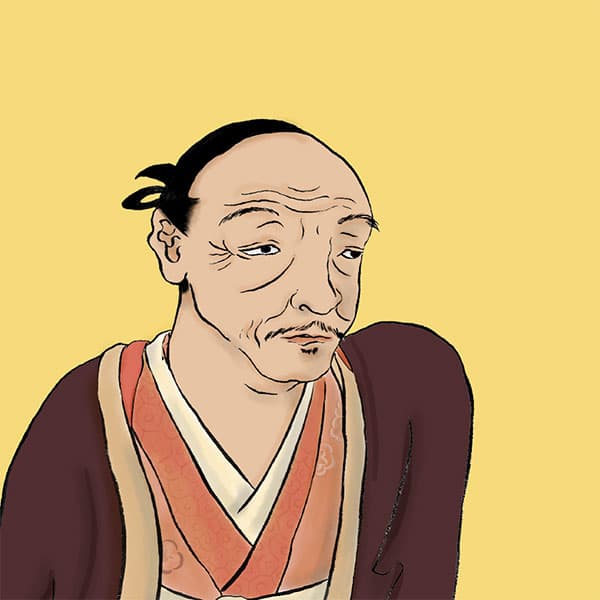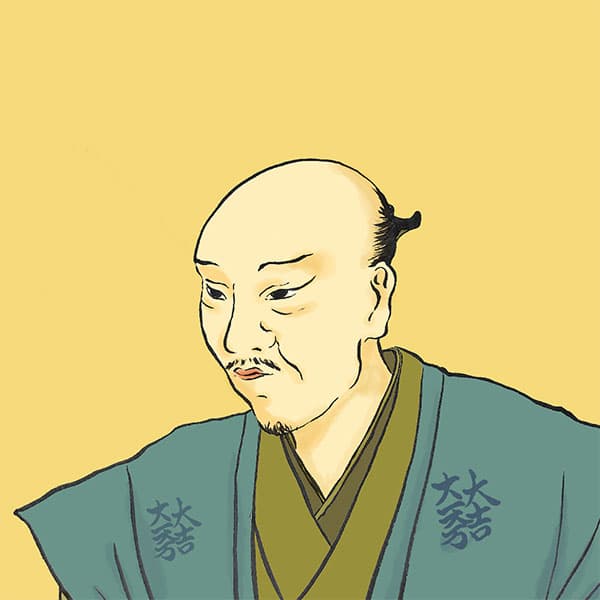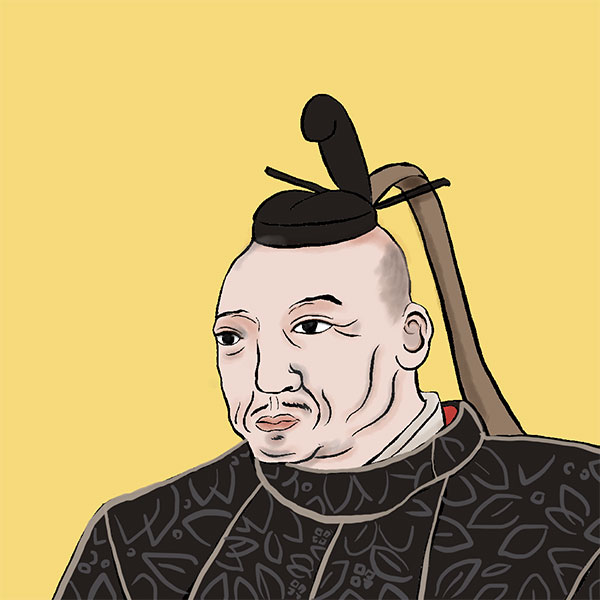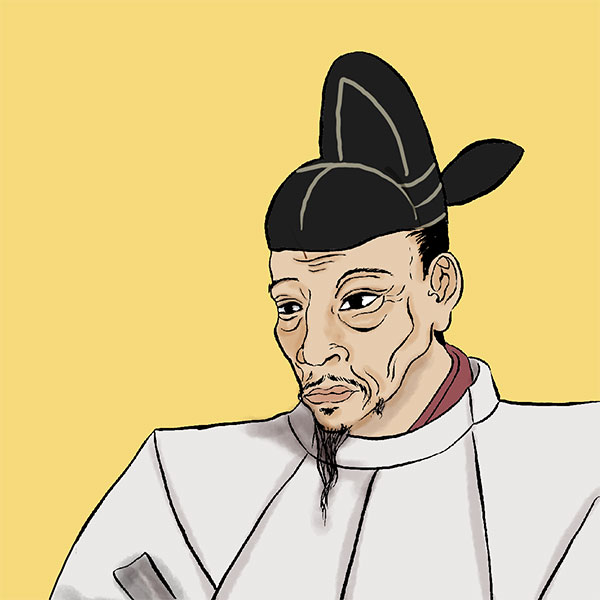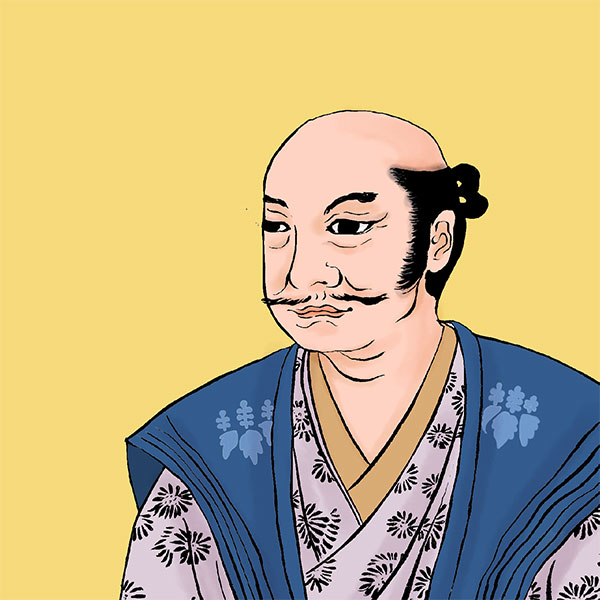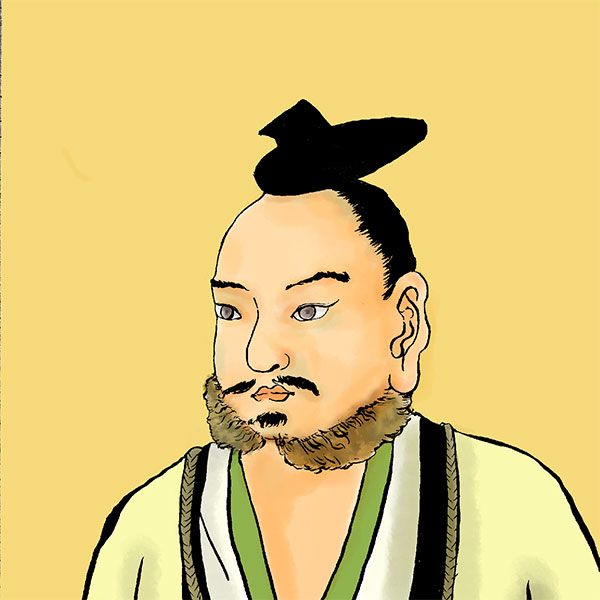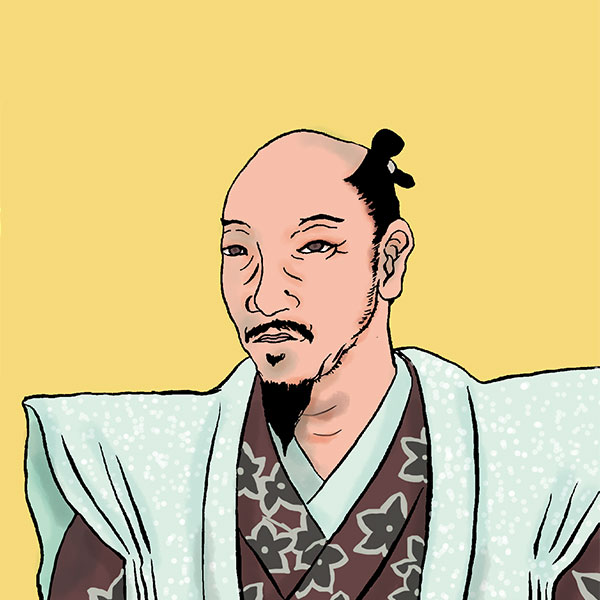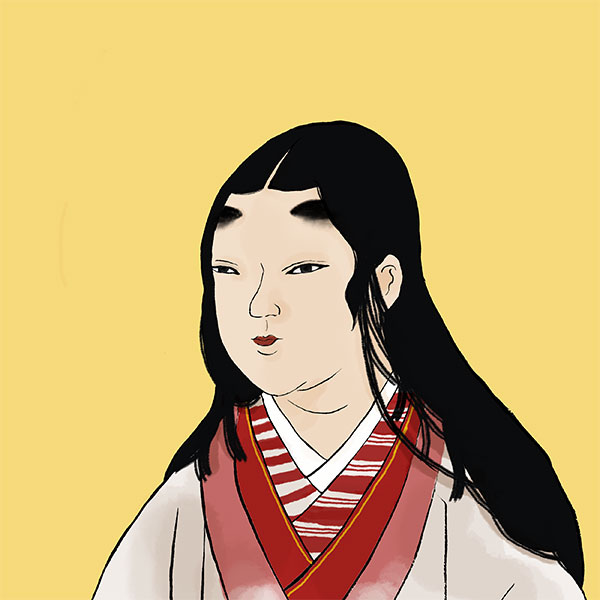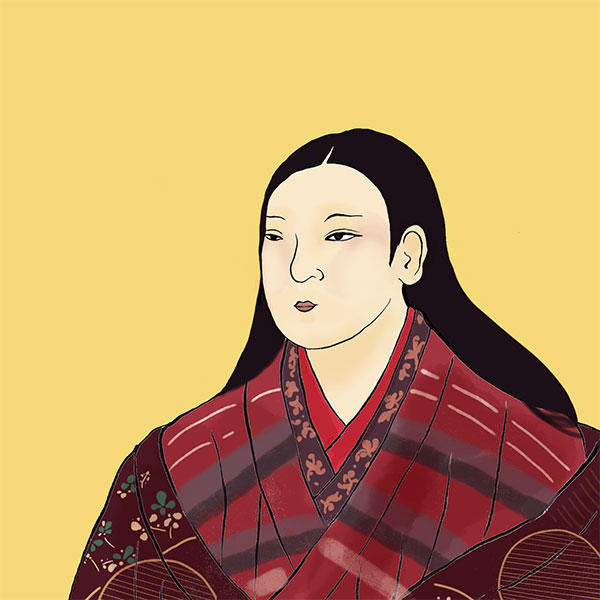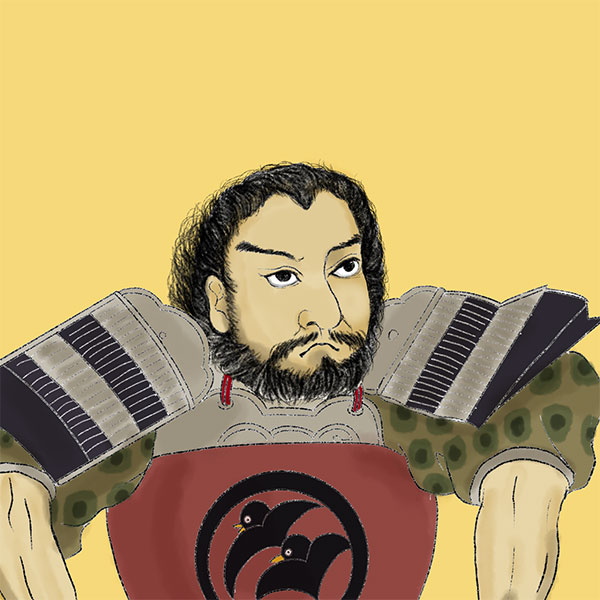Battle of Shizugatake (2/2)Toyotomi Hideyoshi defeats Shibata Katsuie to take over the nation!
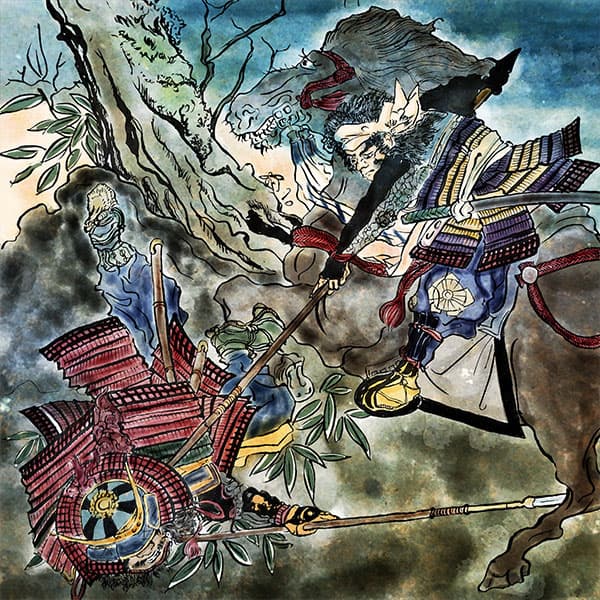
Battle of Shizugatake
- Article category
- case file
- Incident name
- Battle of Shizugatake (1583)
- place
- Shiga Prefecture
- Related castles

Nagahama Castle

Gifu Castle

Ogaki Castle
- people involved
Under such circumstances, on April 16th, Nobutaka, who had surrendered to Hideyoshi, raised troops again in Mino. As a result, Hideyoshi was forced to take measures in three areas: Katsuyori's Omi, Kazumasu's Ise, and Nobutaka's Mino. Hideyoshi left some of his soldiers behind and headed for Mino in order to deal with Nobutaka who was approaching Gifu Castle, but he was stopped by the flooding of the river and had to enter Ogaki Castle.
Seeing this as an opportunity, Katsuie sent Morimasa Sakuma, who was known as a fierce general, to the front on April 19th. After Morimasa captured Oiwayama Fort on the front line, he used his momentum to attack Kuroda Kanbei's army, but was unable to attack and changed his target to Takayama Ukon, who was encamped at Iwasakiyama Fort next to Oiwayama Fort. and defeat it. The defeat of the two forts gave them even more momentum, and they ignored Katsuie's order to retreat and stayed at Iwasakiyama Fort.
Katsuie wants to strengthen his defense once again in preparation for Hideyoshi's large army. Although it was considered dangerous to penetrate deep into enemy territory, Morimasa did not stop and attacked Shigeharu Kuwayama at Shizugatake Fort.
"Battle of Shizugatake" ② Toyotomi Hideyoshi's "Mino Ogaeshi"
Niwa Nagahide, who was crossing Lake Biwa, reacted to Sakuma Morimasa's movements. He met up with Hideyoshi's army led by Shigeharu Kuwana, who had begun to retreat from Shizugatake Fort against the opposition of his subordinates. After a fierce battle, they repulsed Morimasa's army and recaptured Shizugatake Fort.
Furthermore, Toyotomi Hideyoshi of Ogaki Castle led 15,000 soldiers back to Mt. Shizugatake. It is 52km from Ogaki Castle to Kinomoto near Shizugatake Fort. We made our way back through the steep, hilly terrain at an astonishing speed of about five hours, and arrived at Kinomoto in the evening. This is commonly known as ``Mino Ogaeshi''.
The prevailing theory is that Hideyoshi entered Ogaki Castle in the first place as a ploy to catch Katsuie Shibata off guard. The Mino Great Return was a planned march, and it is said that Ishida Mitsunari was in charge of advance preparations. Mitsunari selected a route and had torches and rice balls prepared at nearby houses. By supplying the soldiers with food and keeping them marching without rest while shining torches, they were able to achieve the Great Return of Mino.
However, the question remains whether it is possible to travel 52km in 5 hours. What about weapons and armor? In order to answer these questions, NHK conducted an analysis in 2019 using computer simulations to analyze long runs and an experiment in which marathon runners actually ran the route.
As a result, it was found that at least the cavalry warriors arrived at Kinomoto in about five hours. The infantry departed at different times to avoid traffic jams, and it took about seven to eight hours to arrive, leading to the hypothesis that the entire army was assembled at 2 a.m. on April 21st. It is assumed that arms and armor were transported by water across Lake Biwa. This hypothesis seems more plausible than the popular theory that the entire army covered the route in 5 hours.
While Hideyoshi's army was rushing toward Kinomoto at high speed, Morimasa was encamped on Mt. Oiwa. They were calmly thinking that Hideyoshi's army would return at least the next day, but in the early hours of April 21st, Hideyoshi's army suddenly attacked. Morimasa is surprised, but as he has the nickname ``Oni Genbo'', he fights hard. Therefore, Hideyoshi's army changed their target to Katsuie's adopted son, Katsumasa Shibata. Morimasa fought hard to help Katsumasa, and a fierce battle ensued.
"Battle of Shizugatake" ③ Toshiie Maeda retreats
Toshiie Maeda, from Katsuie Shibata's side, made a difference in this fierce battle. Toshiie was supporting Morimasa Sakuma and Katsumasa Shibata at Shigeyama Fort, the front line of Katsuie's army, but he suddenly withdrew and left the front.
The reason for the withdrawal is not clear, but a leading theory is that Hideyoshi had arranged with Toshiie in advance. Originally, Hideyoshi and Toshiie were close friends as they were family members. When Hideyoshi previously visited Hideyoshi as an envoy from Katsuie, he encouraged Toshiie to defect, so perhaps there was some kind of secret agreement beforehand.
Furthermore, the reason Toshiie did not clearly ``switch sides'' but withdrew is thought to be because he had feelings for Katsuie, his direct superior with whom he had been dating for many years. As a result of being caught between Hideyoshi and Katsuie, he probably reluctantly cooperated with Hideyoshi.
With Toshiie's retreat, Katsuie's army's defenses collapsed and their morale dropped significantly. Hideyoshi's army, which was facing Toshiie and his men, launched a concentrated attack on Morimasa's army, and Morimasa's army was defeated. Afterwards, Hideyoshi's army overwhelmed Katsuie's main army, causing it to collapse, and Katsuie fled to Kitanosho Castle. Thus, the Battle of Shizugatake ended with Hideyoshi's victory.
Katsuie commits suicide with the people of Oichi at Kitanosho Castle
Even after the Battle of Shizugatake, Toyotomi Hideyoshi pursued Katsuie Shibata. Furthermore, he made Toshiie Maeda, who had retreated to Fuchu Castle in Etchu, an ally and made him the vanguard of the pursuing district. Incidentally, there is a chivalrous episode in which Katsuie met Toshiie Maeda on the way to retreat and advised him to make peace with Hideyoshi.
Katsuie barricaded himself in Kitanosho Castle with 200 soldiers and fortified the castle, but was surrounded and cornered by Hideyoshi's forces and decided to commit suicide. He tried to get Oichi and his daughter out of the castle, but Oichi chose to stay behind, so he entrusted his three daughters to Hideyoshi. Then, on April 24th, Katsuie set fire to the castle tower and committed suicide along with the city staff and his aides.
The three daughters that appear here are the ``Three Asai Sisters,'' Chacha, Hatsu, and Go, who were born with Nagamasa Asai. Of these, Chacha later became Hideyoshi's concubine Yodo-dono, gave birth to Hideyori Toyotomi, and committed suicide as a member of the Toyotomi family during the Summer Campaign in Osaka. First, she became Takatsugu Kyogoku's legal wife. Go then married Hidetada Tokugawa, the second shogun of the Tokugawa shogunate, and gave birth to Iemitsu Tokugawa, the third shogun.
Is “Seven Spears of Shizugatake” propaganda?
It is a famous story that the military commanders on Toyotomi Hideyoshi's side who played an active role in the Battle of Shizugatake are referred to as the ``Seven Spears of Shizugatake.'' Well-known names include Masanori Fukushima and Kiyomasa Kato, and five others: Yasuharu Wakisaka, Katsumoto Katagiri, Nagayasu Hirano, Takenori Kasuya, and Yoshiaki Kato. There were originally nine people, including Heisuke Ishikawa and Sakichi Sakurai, and the term "Seven Spears" seems to have been a play on words.
There is a theory that the name ``Seven Spears'' was originally chosen by Hideyoshi as a form of propaganda to promote his subordinates, and that even back then it was recognized that it was almost a false name. There is a story that Kiyomasa disliked the topic of the Seven Spears.
By the way, of the Seven Spears of Shizugatake, those who served with the eastern army led by Tokugawa Ieyasu at the Battle of Sekigahara were Kiyomasa Kato, Masanori Fukushima, Nagayasu Hirano, and Yoshiaki Kato, with the exception of Nagayasu, who did not arrive in time for the main battle at Sekigahara. has become a feudal lord. Of the three men who joined the western army led by Mitsunari Ishida, Yasuharu Wakisaka defected to the eastern army midway through the battle, and after his main territory was relieved, he became the lord of Sumoto in Awaji Province (Hyogo Prefecture), and Katsumoto Katagiri was forgiven by Ieyasu Tokugawa and moved to Yamato Province. He became the first lord of the Tatsuta domain (Nara Prefecture). It appears that Takenori Kasuya had his family stipend confiscated after the war, but the details are not known.
After the Battle of Shizugatake, Toyotomi Hideyoshi unified the country.
The Battle of Shizugatake ended in victory for Toyotomi Hideyoshi. Katsuie Shibata committed suicide, Morimasa Sakuma was beheaded after being captured, and Nobutaka Oda was ordered to commit seppuku after surrendering to Hideyoshi's forces and committed suicide. Kazumasu Takigawa became a monk and lived in seclusion.
After the Battle of Shizugatake, Hideyoshi sent a letter to the Mori family, who remained neutral in the battle, informing them of the victory and implicitly urging them to become their vassals. Upon receiving this, the Mori family swore an oath to serve Hideyoshi. After that, the Uesugi family and others sent messengers, and military commanders one after another swore their obedience to Hideyoshi. In this way, Hideyoshi rose to the top of the Oda family and began his path to unifying the country in earnest.
Reread the article about the Battle of Shizugatake
- people involved

- WriterNaoko Kurimoto(Writer)I am a former travel industry magazine reporter. I have loved history, both Japanese and world history, since I was a child. I usually enjoy visiting temples and shrines, especially shrines, and often do ``pilgrimages to sacred places'' themed around historical figures. My favorite military commander is Ishida Mitsunari, my favorite castle is Kumamoto Castle, and my favorite castle ruins is Hagi Castle. My heart flutters when I see the ruins of battle castles and the stone walls of castle ruins.




